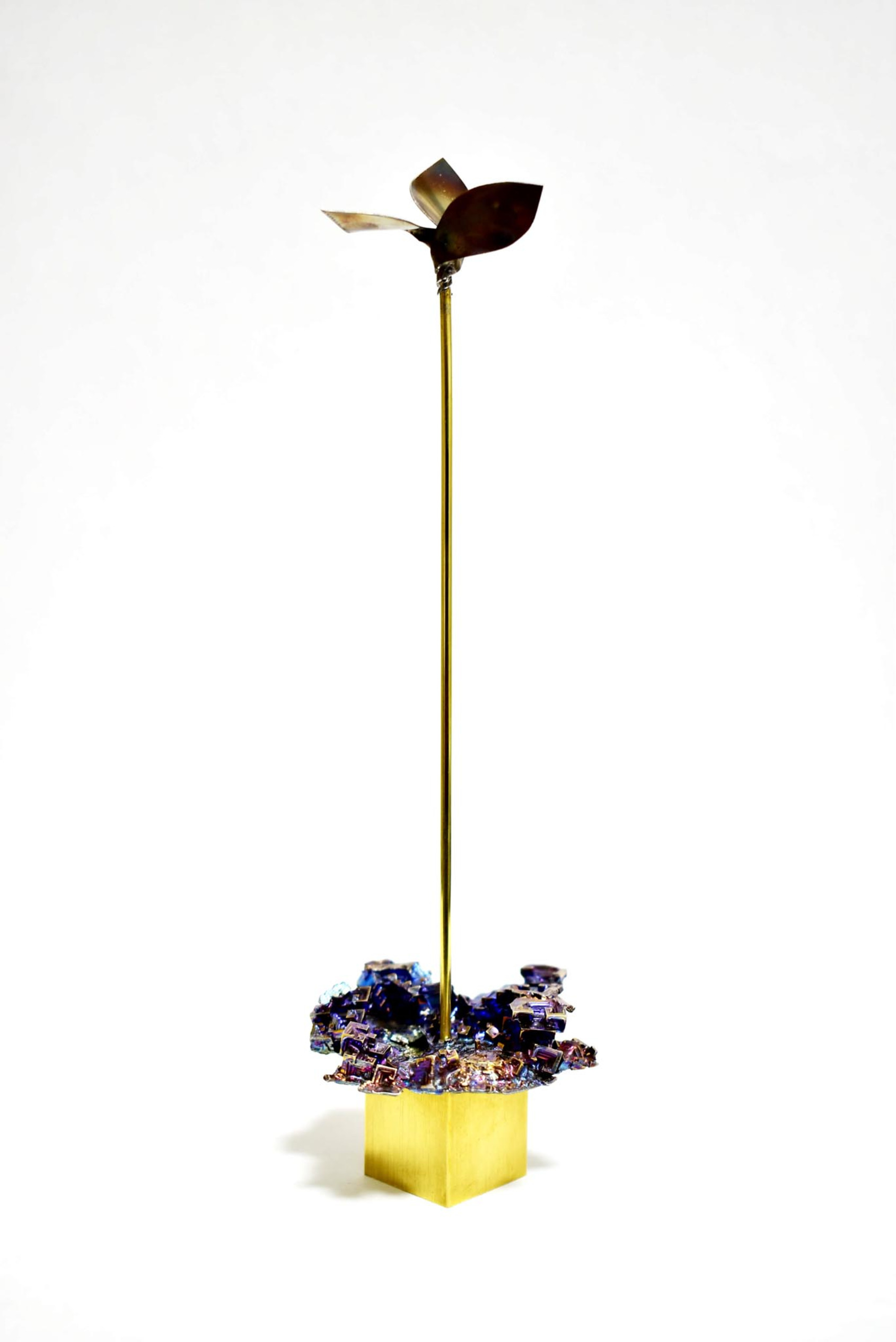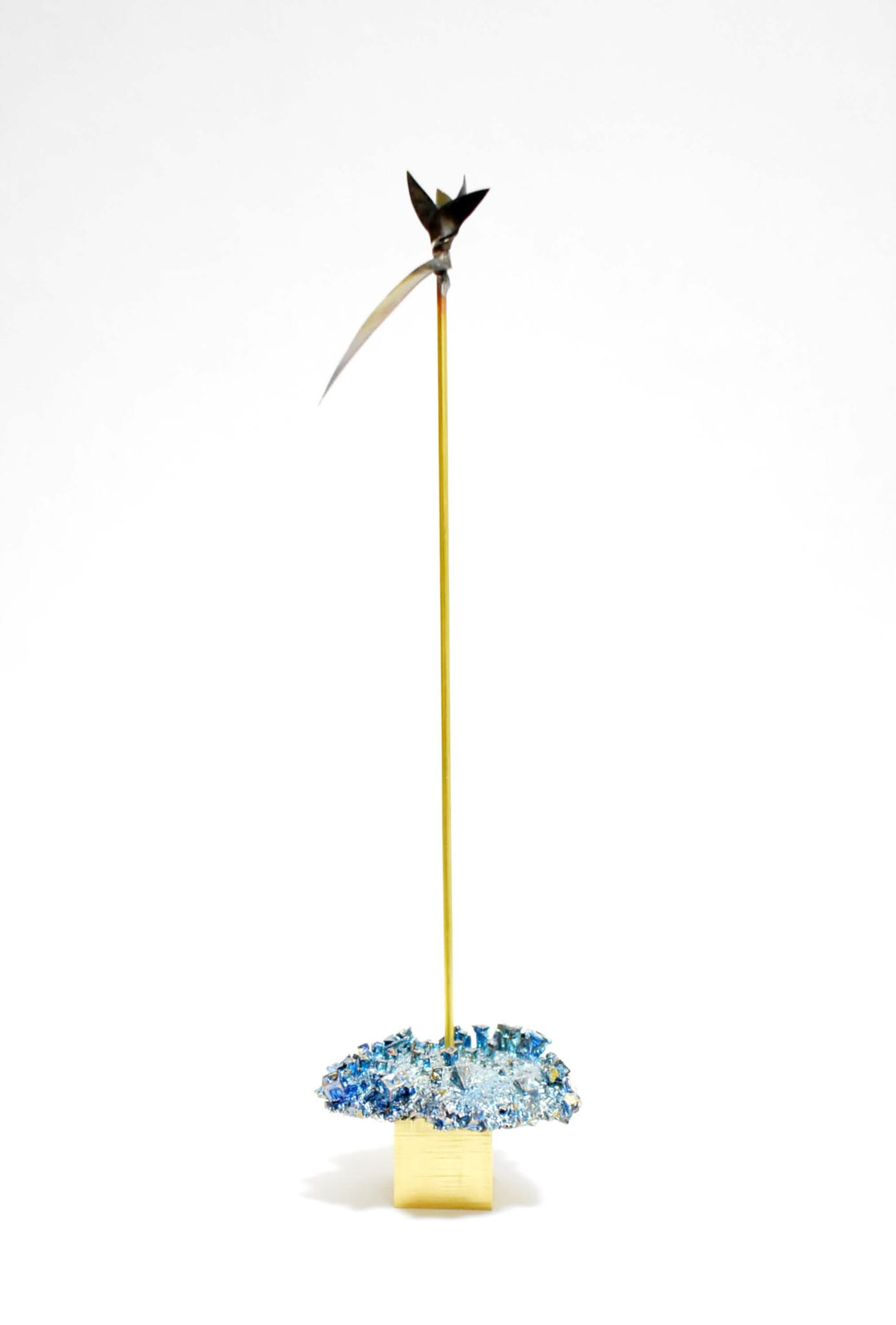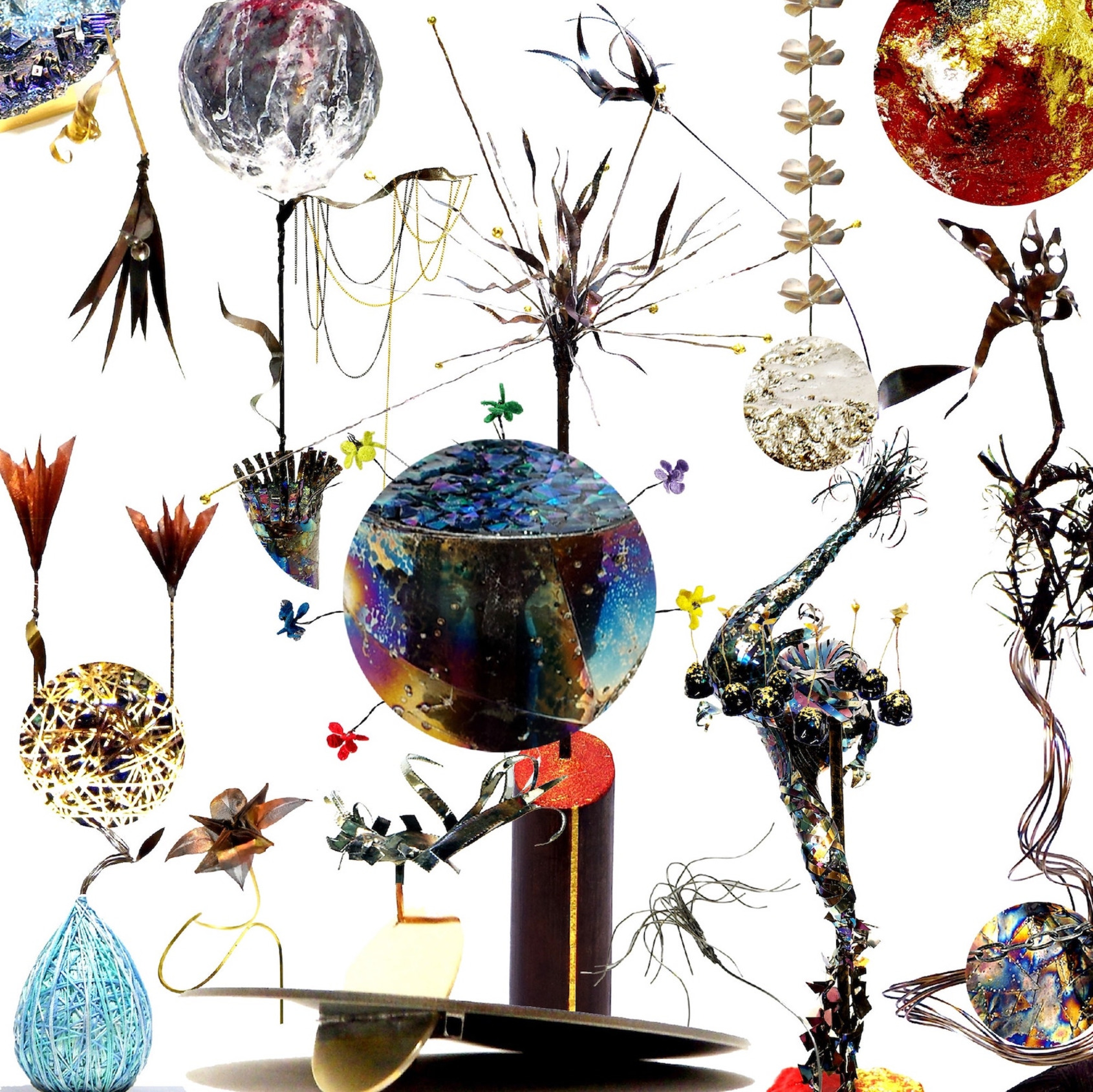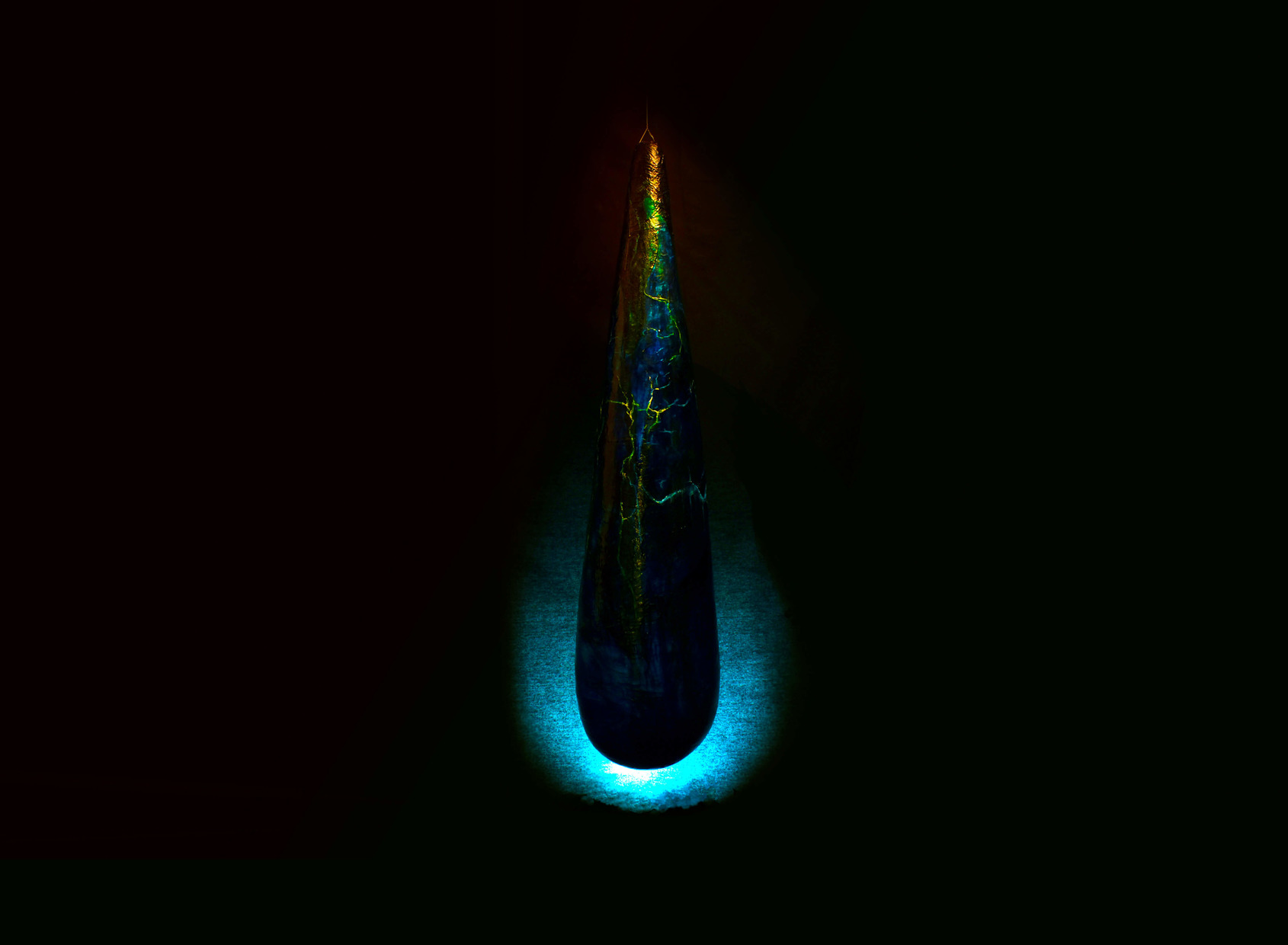
Human to Human
In the end, humans are all interested in human beings. Based on this notion, Mari Hiraga places importance on expressing the human world and sublimating it into an organic expression in order to express space.
Personification to Human
Anthropomorphization is instinctive.
Japan traditionally has a culture of personification despite various changes over time. Even though it has gone through various transformations, it has passed down through the ages. This is surly linked to the simulacra, a brain activity that recognizes three dots as a human face, indicates that humans are naturally creatures that live fully using their imaginations.
Circle to Flower
In addition, young children often draw tadpole humans, drawing of a person with arms and legs coming directly out of the head. The tadpole human representation developed from a circle in the process of human growth is the result of an attempt to portray how they perceive the world, and the ability to identify emphasis continues to be potentially relevant to human cognition.
The project Flower Visage - The Harmony of Art and Noh Theater by Mari Hiraga fuses Noh*, a form of Japanese traditional performing arts, with contemporary art. This exhibition consists of two parts. One is an installation titled Flower Visage, which represents a memory of the last remaining flower seen. It is made of clear FRP and metal. The others are different sizes in various materials, mainly metal.
The work Flower Visage is linked with the world view of Tomoe*, a Noh piece, and presented as Hiraga’s original new story. The impermanence and truth of being are reflected in the shape of a drop of water. The sculptor questions precious memories, responsibilities of being and the value of each individual, and proposes life with arts which changes and coexists with people.
Greatly impressed by her first Noh viewing experience in 2006, Hiraga discovered in it the ultimate aesthetic and elegance of Japan. With regular visits to the theater the creator continues to be mesmerized by its world. This has led the artist to create pieces of sculpture with a Noh theme. The first was Be a stone, which was presented in the first solo sculpture exhibition in 2016. The second is Flower Visage which will be exhibited in this show.
*Noh: A Japanese traditional performance art which is a combination of theater and dancing, it incorporates various props, including masks (Omote) – worn by the main actor (Shite).
*Tomoe: A Noh theater about Tomoe-Gozen, a female samurai who served Minamoto no Yoshinaka (1154–1184). One of the traditional Japanese comma-shaped patterns, also a generic term for crests in which these patterns were used. Due to its relation to water, it came to be used as an emblem (Kamon) on the eaves of buildings in the late Heian period (10th–11th century) to ward off fires. Later used widely in Shinto shrines.
*Nohkan: A Transverse flute used for accompaniment of Noh theater and other performing arts. It has an unusual internal bore restriction of about 2–3 mm called a nodo, gives its unique high pitched sound that is rich with high frequency harmonics.
Mari Hiraga, STAND
Mari Hiraga, Proudly Independent
Mari Hiraga, Flower Visage
Mari Hiraga, Flower Visage (atelier shooting), 2020, FRP, 330 x 330 x 1350 mm

Mari Hiraga, STAND

Mari Hiraga, Proudly Independent

Mari Hiraga, Flower Visage

Mari Hiraga, Flower Visage (atelier shooting), 2020, FRP, 330 x 330 x 1350 mm